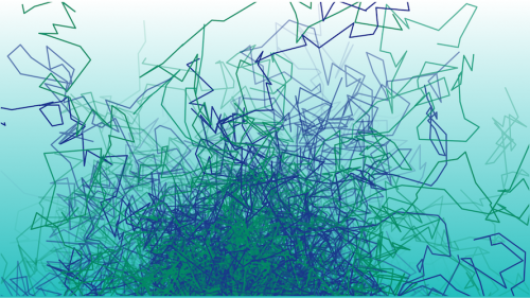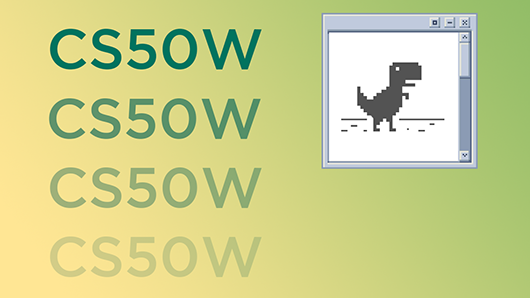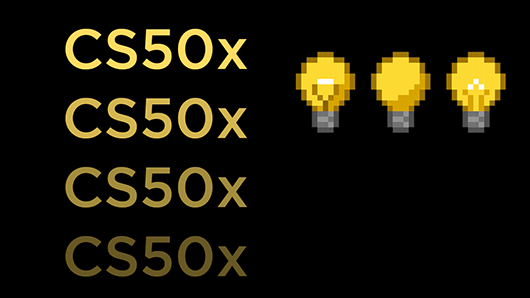What you'll learn
The principles of quantum mechanics
How quantum mechanics applies to chemistry
How to simulate quantum mechanics in Python
Course description
Welcome to The Quantum World!
This course is an introduction to quantum chemistry: the application of quantum theory to atoms, molecules, and materials. You’ll learn about wavefunctions, probability, special notations, and approximations that make quantum mechanics easier to apply. You’ll also learn how to use Python to program quantum-mechanical models of atoms and molecules.
This course has serious prerequisites. You will need to be comfortable with college-level chemistry and calculus. Some prior programming experience is also encouraged.
The Quantum World is ideal for:
- Chemistry majors who want extra material alongside an on-campus course
- Chemistry majors at an institution that does not offer quantum chemistry
- Physics or CompSci majors who want to branch out to chemistry
- Graduate students refreshing on quantum mechanics before their qualifying exams
- Professional chemists who want to brush up on their skills
Course Outline
Intro to Quantum Mechanics
A quick review of classical mechanics and wave mechanics, plus the postulates that form the basis of quantum theory.
Schrödinger in Many Dimensions
The Schrödinger equation in one, two, and three dimensions, plus the use of the Finite Difference Method that makes computational quantum chemistry possible.
Applications and Phase Space
Infrared spectroscopy, chemical reactions, molecular rotation, and the proper use of phase space.
Atoms
Solving the hydrogen atom, approximating many-electron atoms.
Molecules and Light
An in-depth look at diatomic molecules, and the interaction of atoms with light.
Variation and Perturbation
The variational principle, the Hartree-Fock method, self-consistent field theory, and perturbation theory.






